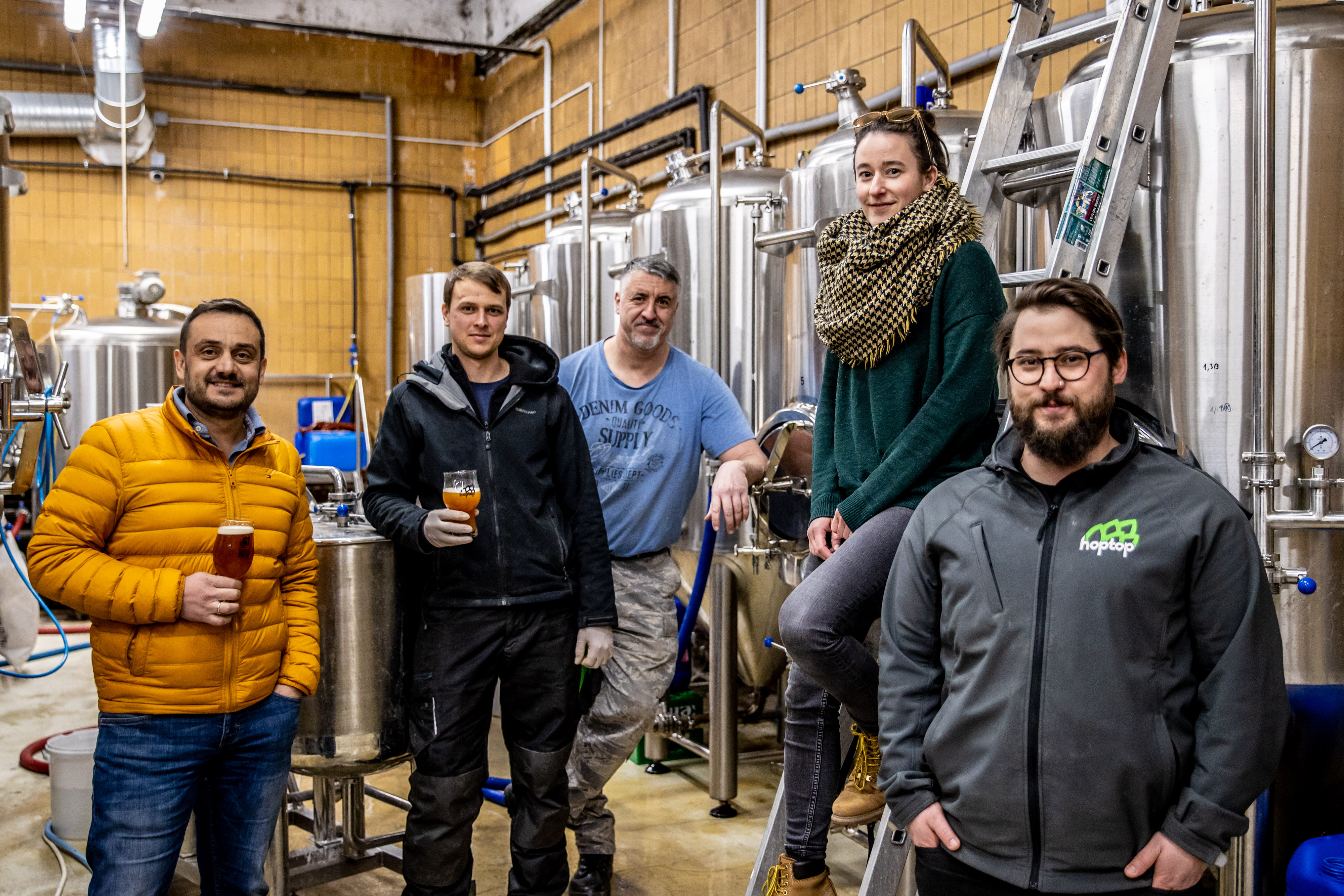HopTop, and in particular their acclaimed Eisbock variety, enjoy favoured status among the beer aficionados of Budapest.
Like almost everything else, brewing starts with the ingredients. Under the German Purity Law of 1516, water, malt, hops and yeast are the four permitted ingredients in beer. Small-batch breweries, of course, rarely stick to the script and stop at just that. Here, in addition to a few ongoing experiments, the various roasted and high-quality malts are ordered almost exclusively from Belgium and Germany, ideally suited to beer snacks, as well.
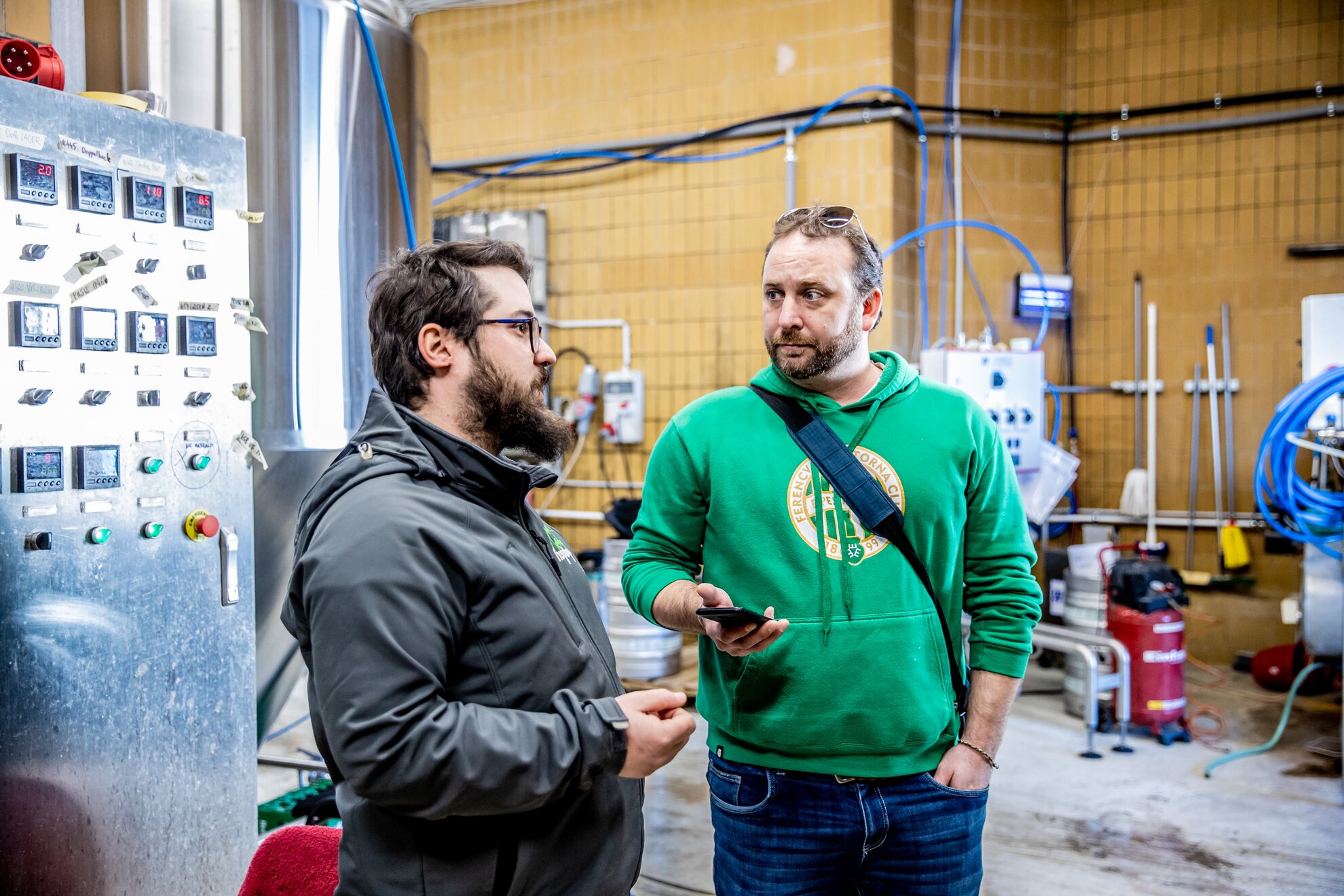
Those familiar with wheat beer, IPA, chocolate or coffee varieties, would be amazed at the differences in raw materials. Base malts provide character and alcohol content, while colouring malts, as their name implies, primarily affect appearance.
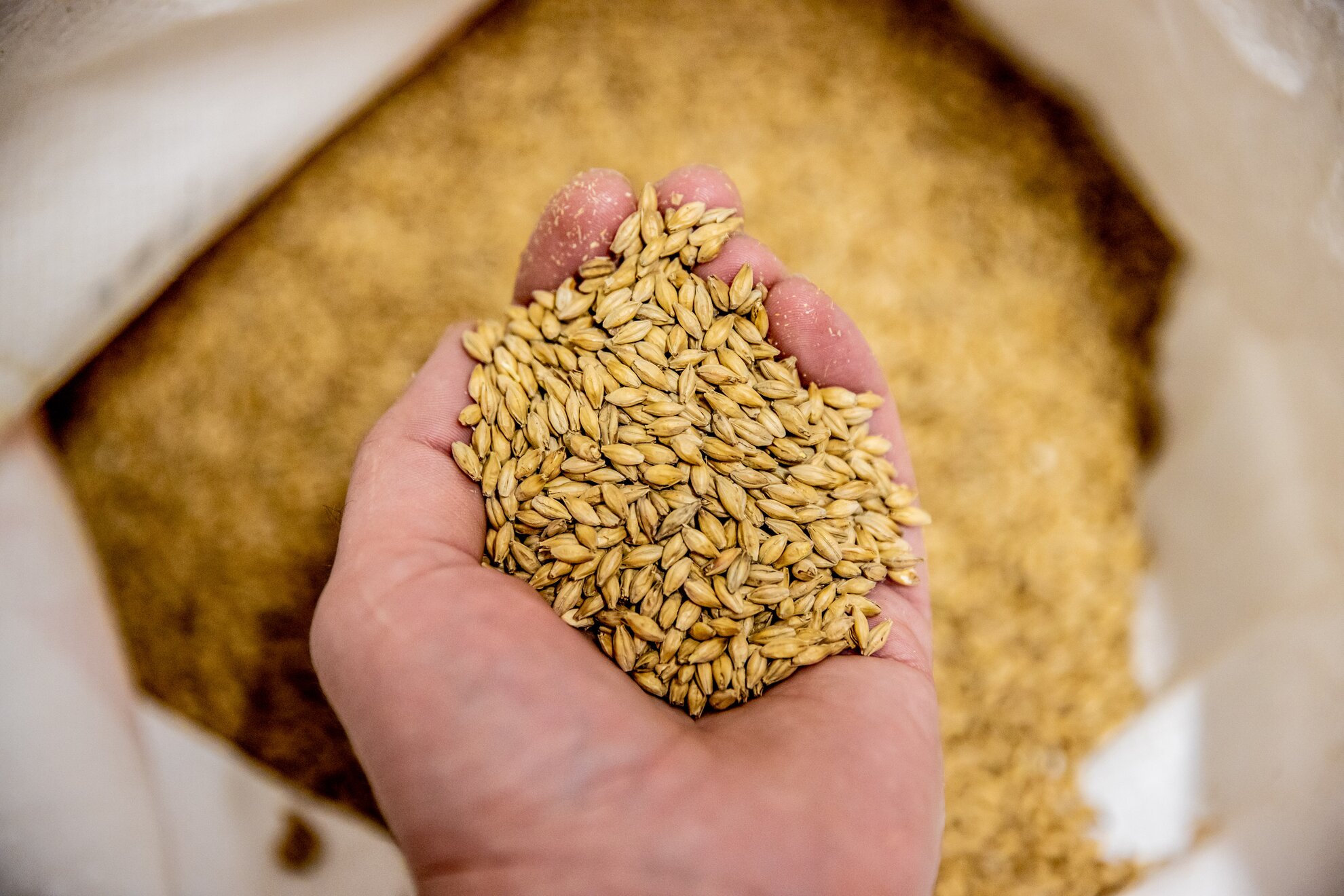
Hops are mainly used by Americans, Czechs and Germans. At HopTop, they cook by infusion, mixing the malt with water – two-thirds water to one-third malt – and start heating. There are specific steps in this process, with different enzymes dissolving in each. These create sugar, which produces alcohol with the help of yeast.
Depending on the recipe and the combination, the three heat steps are usually separated. First, there is a protein phase of 52 degrees, which mainly gives the beer its foaminess. This is followed by temperatures of 63 and then 72 to elicit alpha and beta amylase, a family of enzymes that break down starch into sugars.
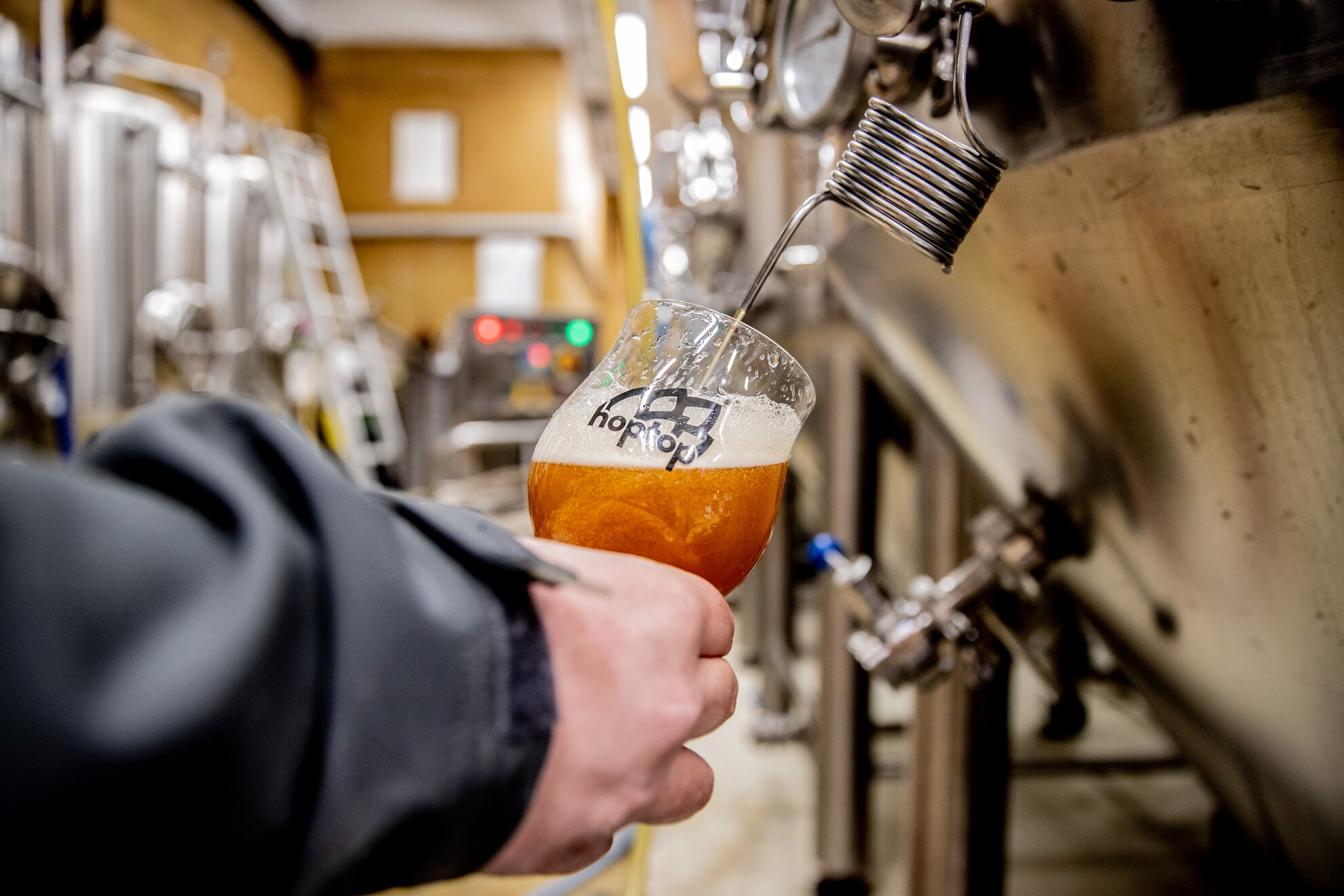
Recommended new brews
Green Zone (US IPA, 6.4%) – Massive in its effervescence
with the character of bitter hops, yet soft and silky in texture, with a hint of
stone fruit. Elegant taste, intriguing complexity with a long finish – all
in all, a great American-style IPA from Kőbánya.
Ceylon Buddy (tea-infused Double India Pale Ale,
9.1%) – Alcoholic sweetness, mild hop bitter and quite velvety, caressing the
tongue, followed by Indian elements of soothing sweet orange and Ceylon tea. Its
long-lingering flavours a worthy accompaniment to casual afternoon conversation.
Once this the heating is done, they create the malty character of the beer by keeping the concoction in place for a specific period of time. When they start developing a beer, they know in advance how bitter it will be, its exact alcohol content, dry ingredients and colour. This isn’t carried out on an ad hoc basis like at home – everything is planned to the minute.
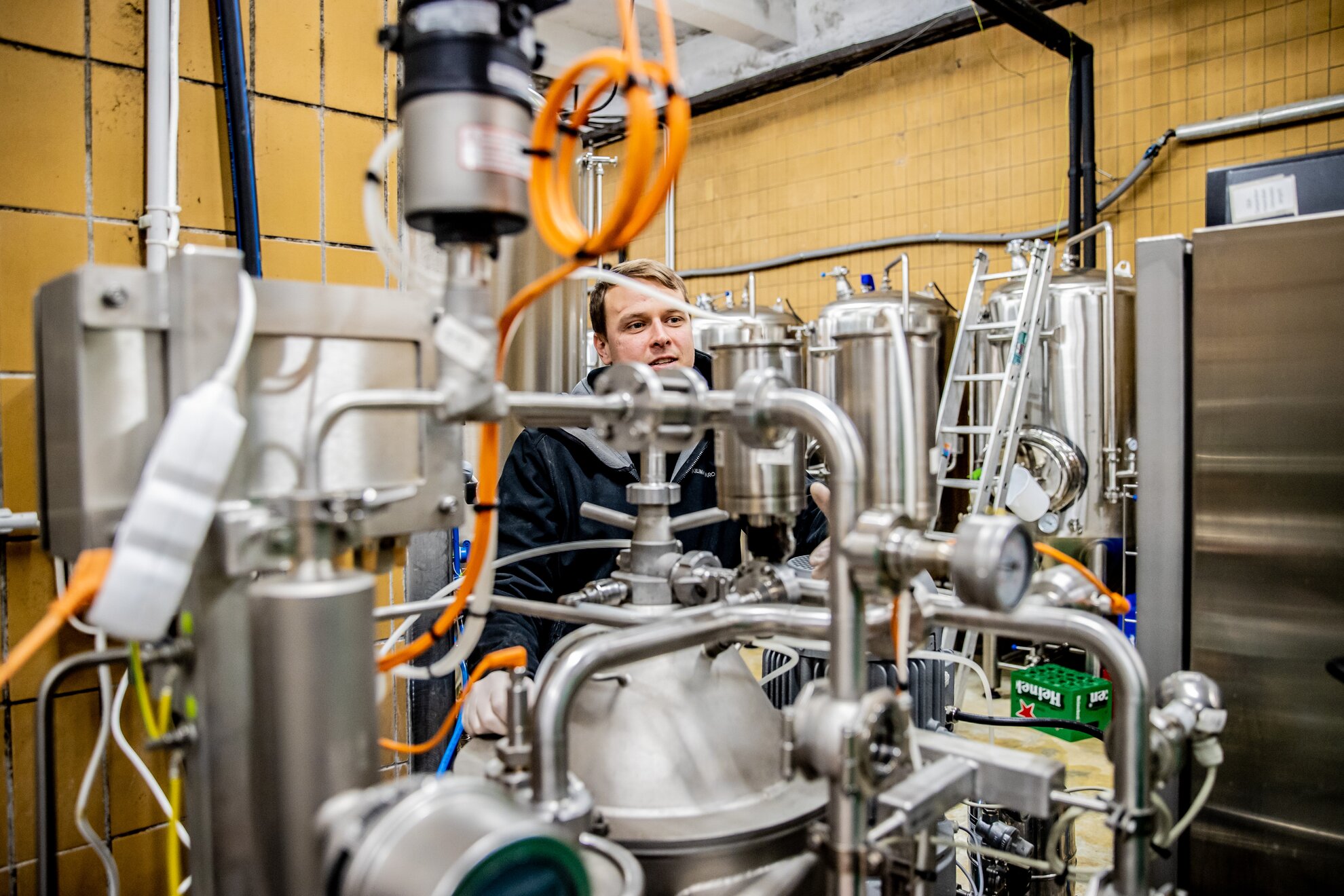
When almost all the sugar has been extracted from
the malt, the temperature is raised to 77 degrees, due to the viscosity, and
transferred to the filter tub. This filtration is only necessary to remove the
malt grains from the sugary wort and should take place each time.
This is does
not apply to unfiltered beer but bergmehl added to filtration during
fermentation allows the end product to keep its aroma. HopTop beer is not
pasteurised or filtered, so their taste is much more intense as living
substances remain in them. With outstanding care and hygiene, they
have a shelf life of up to a year or 18 months. Most small-scale breweries operate
along similar principles.
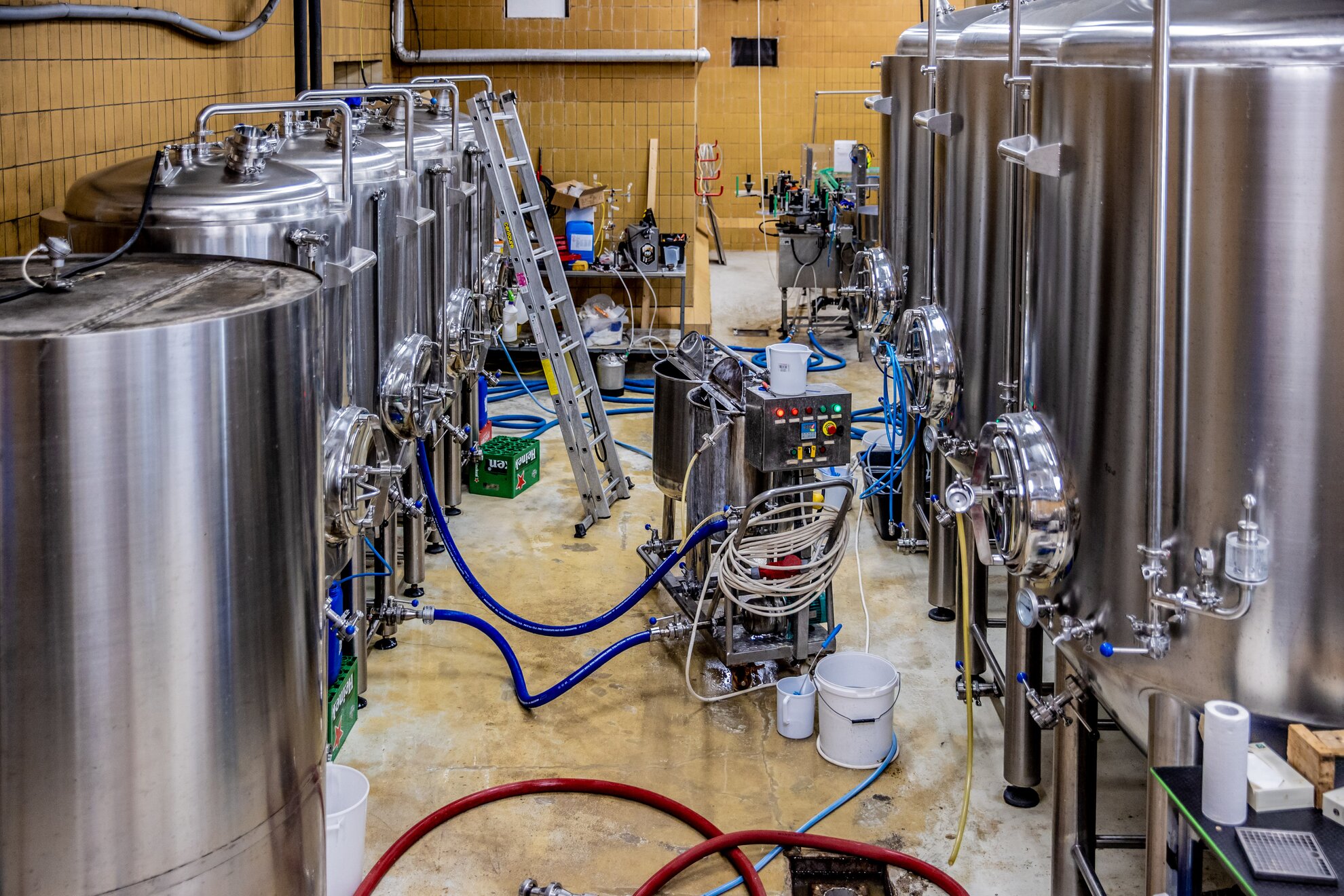
The process of mashing, extracting the sugar from
the malt, and then filtering, removing the malt grains from the sugar wort, is
followed by boiling the hops. Of course, this also depends on the recipe, but
these three processes take a total of about eight hours, resulting in around
800-850 litres of beer given the tank capacity here.
Intensive boiling
lasts for at least 60 minutes, using the right hops at the right time, the
bitter ones at the beginning and the aromatic ones towards the end. Then,
a hopper is used to settle the hop residue to the bottom and the 100-degree wort
is pumped into a tank where it must be immediately cooled to fermentation
temperature. Beer is also susceptible to various infections during brewing and
fermentation, so hygiene is paramount at quality breweries.
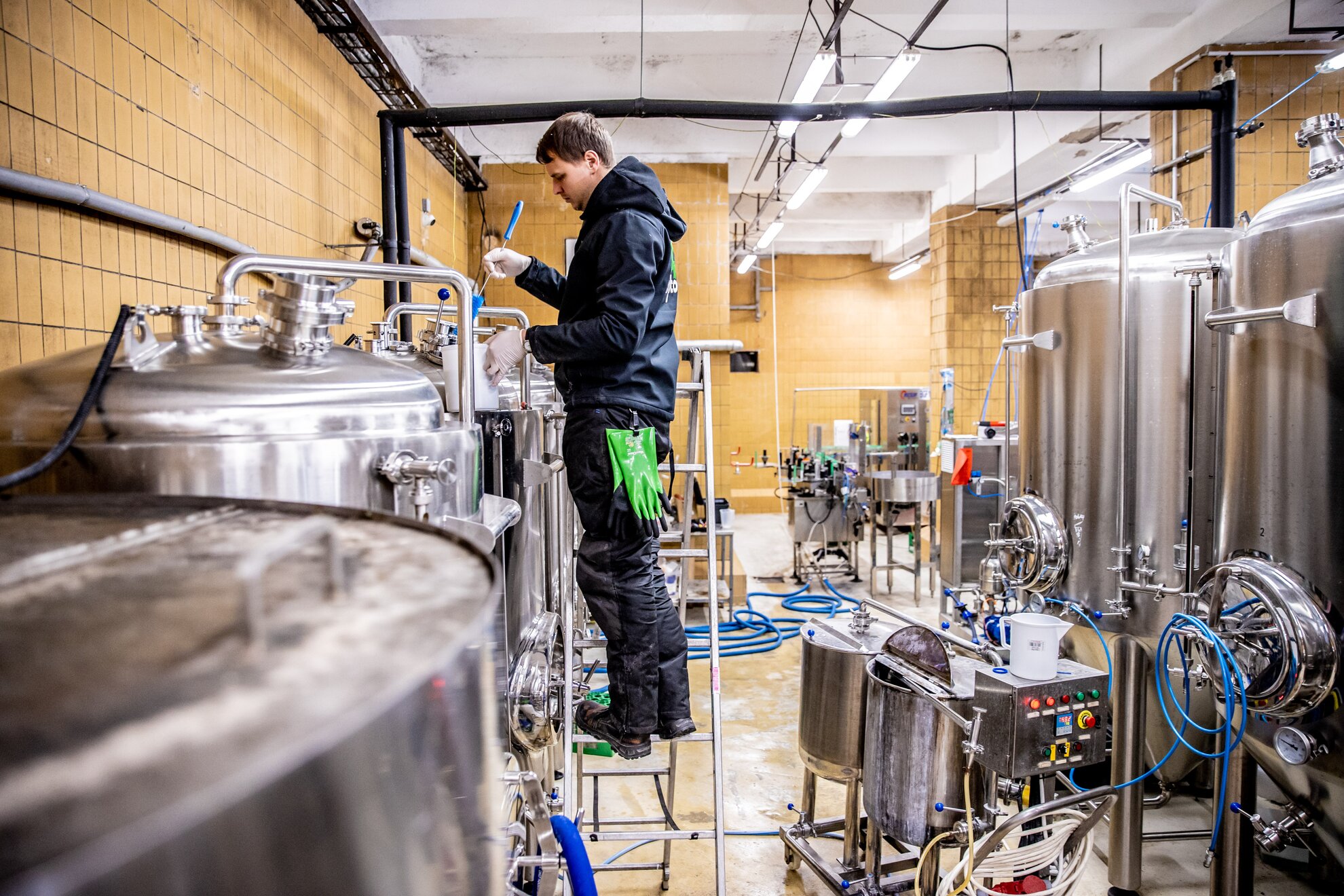
There just remains the packaging, one for the kegs, one for the bottles and a third for cans which, despite all the stereotypes, have a far longer shelf life and are more environmentally-friendly than glass.
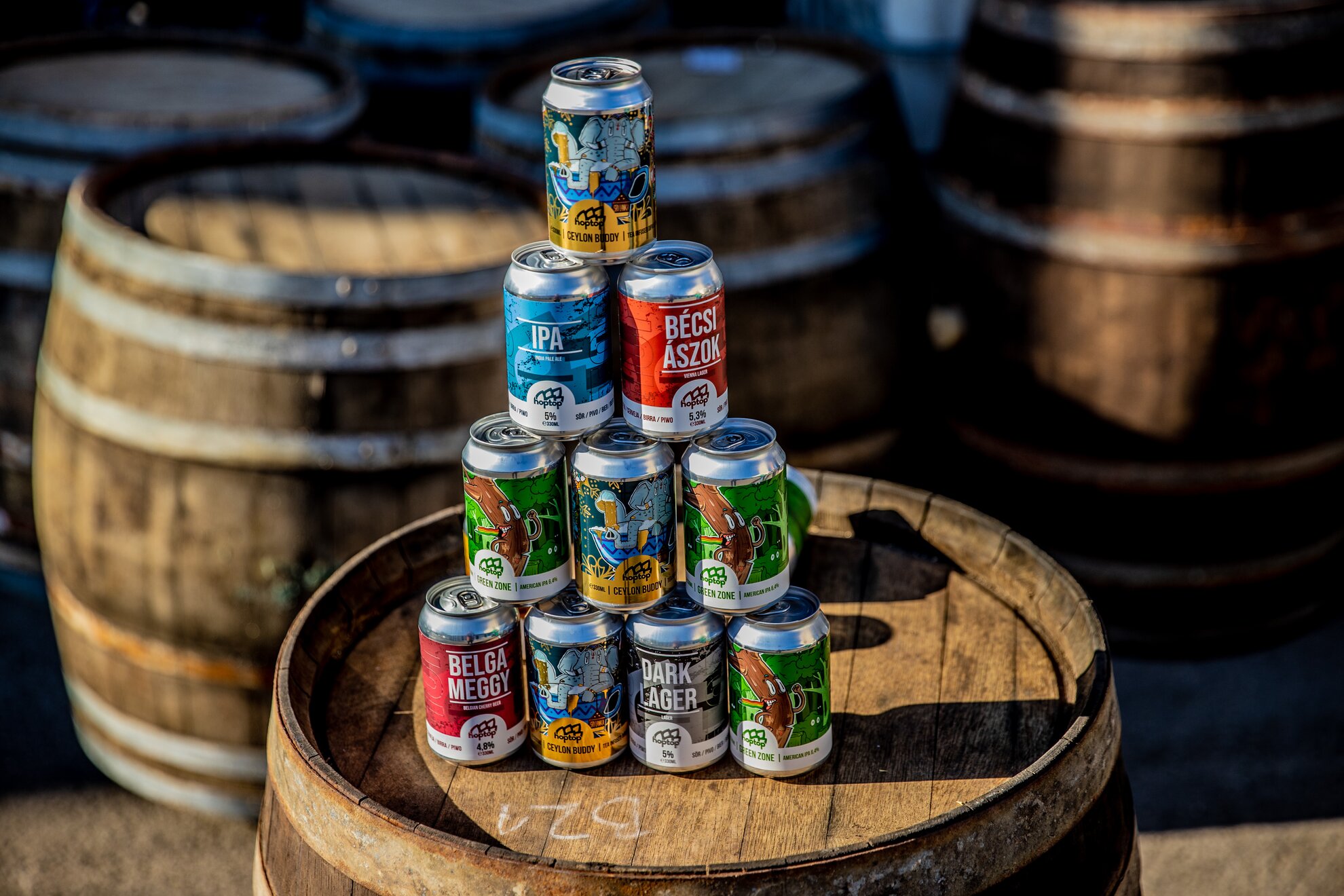
While everyone at HopTop is constantly learning, the aim here is to produce the highest quality with the most modern machinery. The heroic age of hit-and-miss is long gone, the early days of Hungarian small-batch brewing. Craft beers should be about high quality and uniqueness, from bottles to barrel-aged specialities.
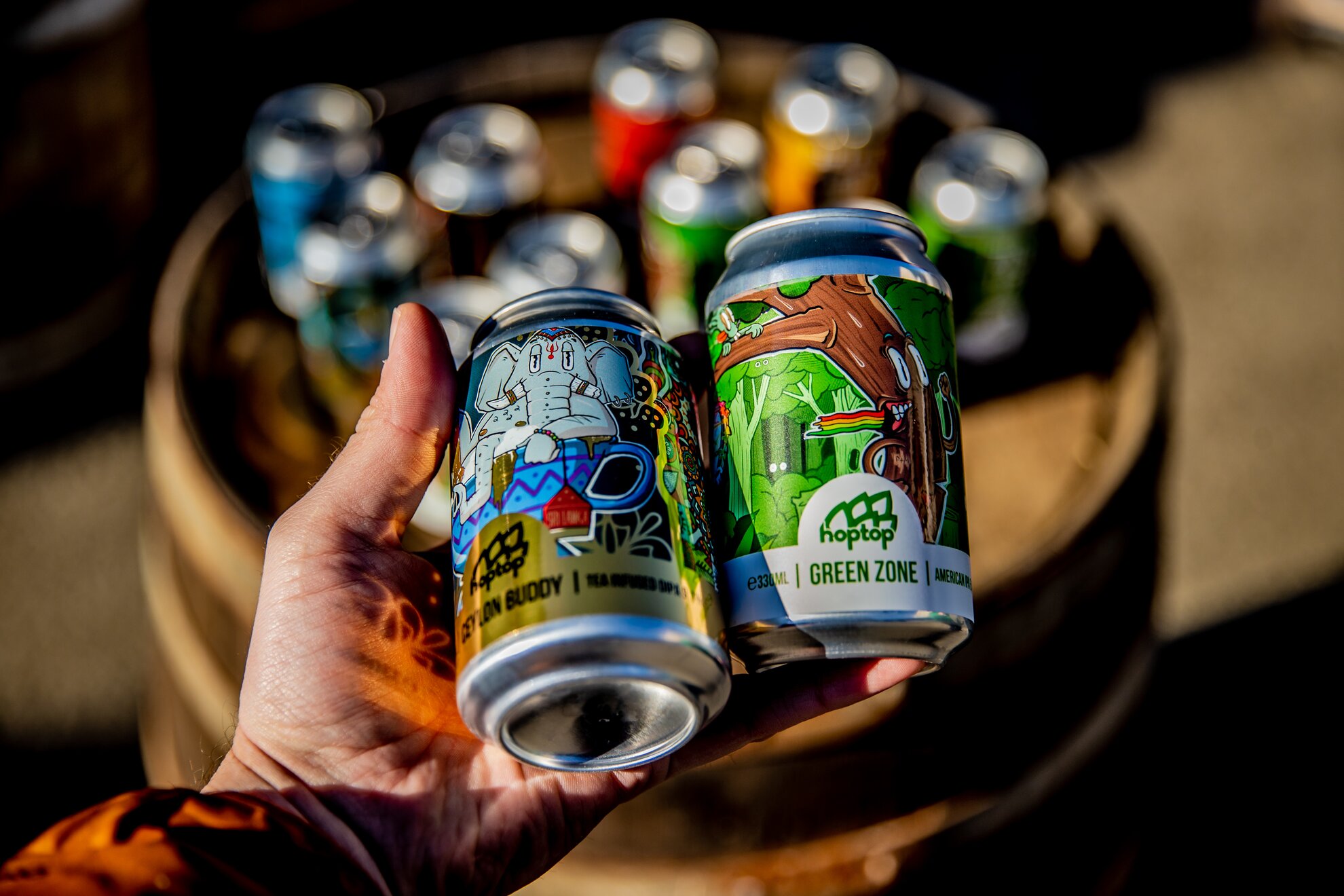
Venue information
HopTop Brewery
1106 Budapest, Maglódi út 47
Facebook
Instagram
